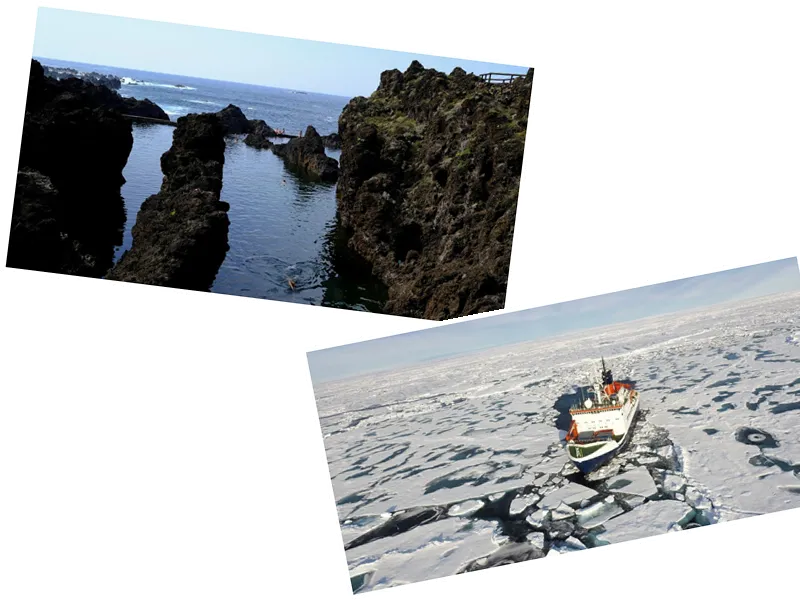Ocean Warming Rate Doubles: A Global Climate Alarm
The alarming rate of ocean warming has nearly doubled since 2005, with over 22% of the world's ocean surface experiencing severe heatwaves by 2023, according to a new report from the European Copernicus Observatory. Oceanographer Karina Von Schuckmann emphasized during a presentation of the eighth Copernicus State of the Oceans report that "ocean warming can be considered our sentinel of global warming," highlighting its steady increase since the 1960s.
The report reveals that oceans have warmed by an average of 1.05 watts per m² since 2005, a significant increase compared to 0.58 watts per m² in previous decades. This trend aligns with findings from the Intergovernmental Panel on Climate Change (IPCC), which noted in 2019 that the rate of ocean warming had more than doubled since 1993. The oceans, which cover 70% of the Earth's surface, play a crucial role in regulating the planet's climate, and their warming is linked to more intense hurricanes and storms, leading to increased destruction and flooding.
Impact of Marine Heatwaves on Ecosystems and Fisheries
The report highlights the concerning trend of marine heatwaves, which are not only becoming more extensive but also lasting longer. The average maximum duration of these heatwaves has doubled from 20 days to 40 days since 2008. In the Arctic, the northeastern Barents Sea has reportedly entered a state of permanent marine heatwave. Furthermore, a record temperature of 29.2°C was recorded in the coastal waters of the Balearic Islands in August 2022, marking the highest surface water temperature in forty years.
Marine heatwaves pose serious threats to marine biodiversity, causing migrations and mass mortality of species, degrading ecosystems, and disrupting the nutrient distribution in ocean layers. These changes can significantly impact fish productivity, with implications for global fishing industries. Additionally, the report states that ocean acidity has increased by 30% since 1985, as oceans absorb a quarter of the CO2 emitted by human activities. This rising acidity threatens marine life, particularly species with calcium carbonate structures, such as corals and shellfish, and is expected to exceed critical thresholds in the near future, as warned by the Potsdam Institute for Climate Impact Research (PIK).





